vacuum desiccator
৳ 6,000.00 – ৳ 7,200.00Price range: ৳ 6,000.00 through ৳ 7,200.00
Using a vacuum desiccator is a simple process, but it’s important to follow the correct steps to ensure safety and optimal performance. Here’s a guide.
Brand : China
vacuum desiccator:
Using a vacuum desiccator is a simple process, but it’s important to follow the correct steps to ensure safety and optimal performance. Here’s a guide.
Preparation:
- Inspect the desiccator: Make sure there are no cracks, chips, or leaks in the glass or rubber components. Check that the stopcock valve turns smoothly.
- Add desiccant: Place an appropriate desiccant, like silica gel or calcium chloride, in the bottom dish of the desiccator. The desiccant level should be below the platform where you’ll place your samples.
- Apply vacuum grease: Use a thin layer of vacuum grease on the ground glass joint between the lid and the base. This creates an airtight seal.
Using the vacuum desiccator:
-
Place your samples: Put your samples on the platform inside the desiccator. Avoid overcrowding the platform as this can impede air circulation and drying efficiency.
-
Close the desiccator: Carefully place the lid on the base, aligning the ground glass joint. Apply gentle pressure to ensure a good seal.
-
Connect the vacuum line (if using): Attach a flexible vacuum hose to the stopcock valve on the desiccator lid. Connect the other end of the hose to your vacuum source.
-
Evacuate the air (optional): Slowly open the stopcock valve to evacuate the air from the desiccator. You should hear a hissing sound as the air is removed. Once the hissing stops, close the valve.
Opening the desiccator:
-
Equalize pressure (if using vacuum): Slowly open the stopcock valve to allow air back into the desiccator. This equalizes the pressure inside and outside the desiccator, preventing the lid from being sucked shut. Wait until the hissing sound stops before proceeding.
-
Slide the lid: Carefully slide the lid to the side to open the desiccator.
Safety precautions:
- Always wear safety glasses and gloves when working with chemicals.
- Be careful when handling hot samples, as the desiccator lid can become hot when evacuated.
- Do not use a desiccator to store volatile or flammable materials.
- Never force the lid open if it’s stuck. Check for vacuum pressure equalization before attempting to open.
Additional tips:
- Label your samples clearly before placing them in the desiccator.
- Monitor the desiccant level regularly and replace it when it becomes saturated.
- Keep the desiccator in a cool, dry place.
By following these steps and safety precautions, you can use your vacuum desiccator effectively and safely.
I hope this helps! Let me know if you have any other questions.
vacuum desiccator of Ktcdhaka:
We always try to sell vacuum desiccator of Ktcdhaka product and always flexible with customer we try to do business nicely.
| Size | 240mm, 300mm |
|---|
Be the first to review “vacuum desiccator”
You must be logged in to post a review.


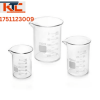
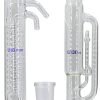
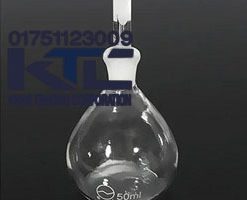
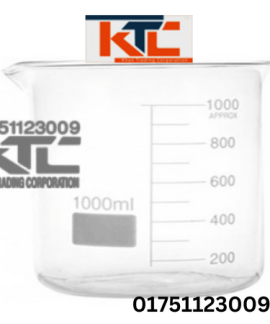
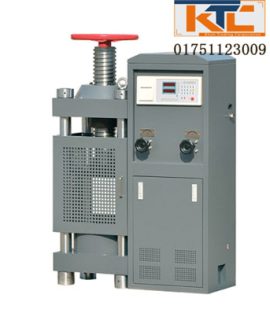
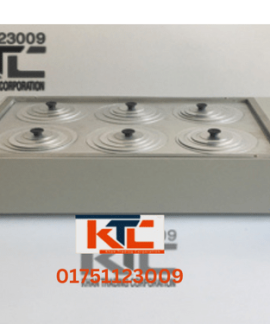
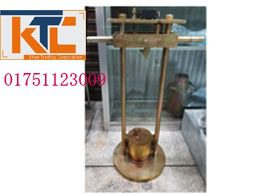
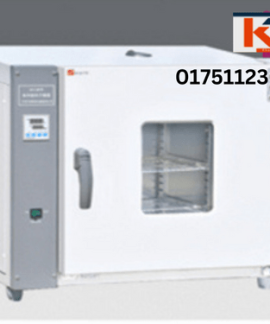
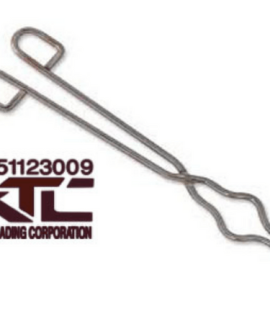

Reviews
There are no reviews yet.